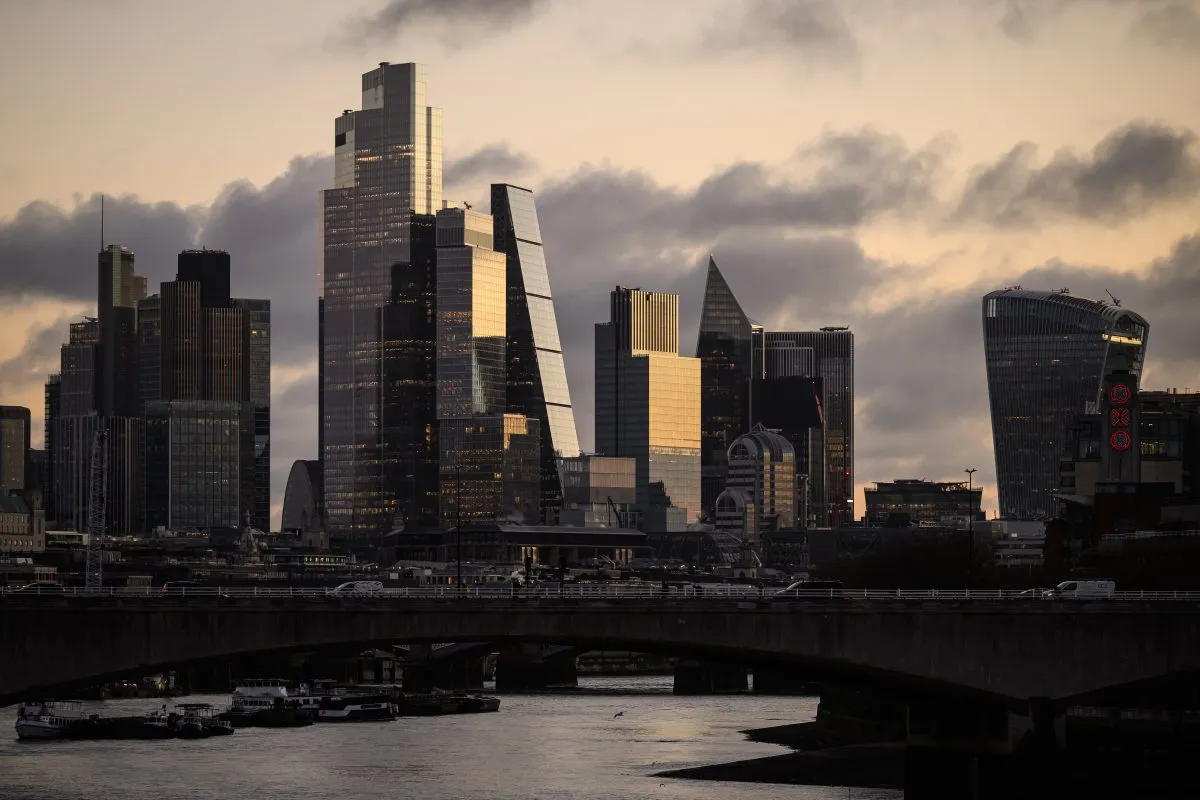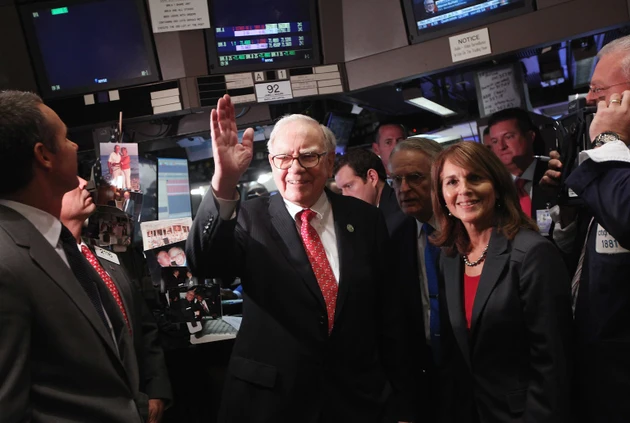Copyright cityam

New research shows that London is the most attractive European city for commercial office investment, but its future is under threat from a lack of construction. Central London has the lowest vacancy rate among international peers – two thirds lower than Manhattan’s – demonstrating continued global appeal, according to the London Property Alliance. Prime rents have risen around 10 per cent in the last year as tenants compete for the highest-quality, most sustainable and best-connected spaces. But part of the reason rents have risen so quickly is that such buildings are in short supply: According to a report from Knight Frank, the London office market is expected to have a 7.5m sq ft shortfall by 2028. “London’s resilience is remarkable, but it cannot be taken for granted. To sustain the city’s global competitiveness, we urgently need the Government to make development viable,” Charles Begley, chief executive of London Property Alliance said. Sky high costs and red tape mountains Barring the City of London’s impressive spate of skyscrapers about to grace its skyline, construction in the capital has become shockingly low. London has been suffering from high building costs, heaps of regulation, and some unfriendly councils, as well as general economic uncertainty and a lack of confidence. There are some signs of light amongst the gloom: Companies like Derwent have noticed the positive trend in London’s office markets and are gearing up to invest, along with GPE. But the London Property Alliance has called for extra aids to support construction, including investment in transport infrastructure to support construction, ring-fencing funding for local planning services, reform of business rates, and a stronger recognition of the commercial office sector. “With 83 per cent of UK economic output and 84 per cent of jobs reliant on the service sector – which office space underpins – there is a strong strategic case for offices to be considered a national economic asset,” Begley said.



